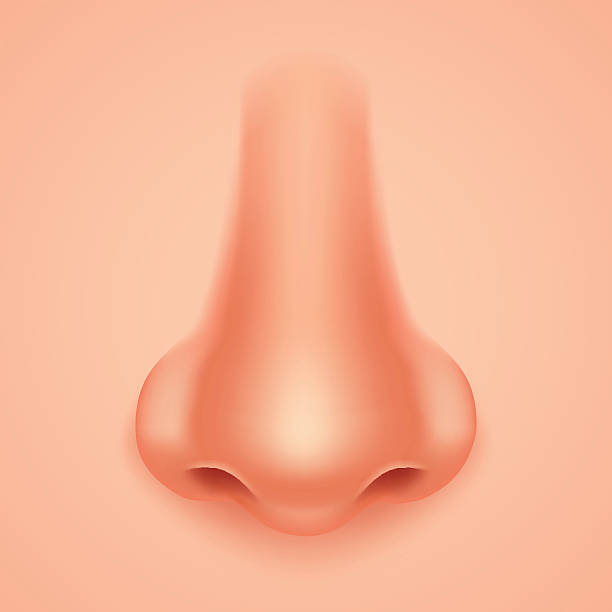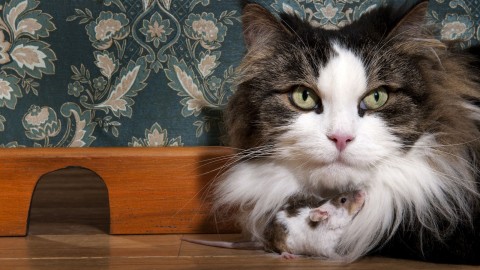Knowledge, Information and Experience
A smile is happiness you’ll find right under your nose.
A nose is a protuberance in vertebrates that houses the nostrils, or nares, which receive and expel air for respiration alongside the mouth. Behind the nose are the olfactory mucosa and the sinuses.
Air treatment:
Acting as the first interface between the external environment and an animal’s delicate internal lungs, a nose conditions incoming air, both as a function of thermoregulation and filtration during respiration, as well as enabling the sensory perception of smell.
Sense of direction:
The wet nose of dogs is useful for the perception of direction. The sensitive cold receptors in the skin detect the place where the nose is cooled the most and this is the direction a particular smell that the animal just picked up comes from.
Structure in air-breathing forms:
In amphibians and lungfish, the nostrils open into small sacs that, in turn, open into the forward roof of the mouth through the choanae. These sacs contain a small amount of olfactory epithelium, which, in the case of caecilians, also lines a number of neighbouring tentacles.
In reptiles, the nasal chamber is generally larger, with the choanae located much further back in the roof of the mouth. In crocodilians, the chamber is exceptionally long, helping the animal to breathe while partially submerged.
Birds have a similar nose to reptiles, with the nostrils located at the upper rear part of the beak. Since they generally have a poor sense of smell, the olfactory chamber is small, although it does contain three turbinates, which sometimes have a complex structure similar to that of mammals.
The nasal cavities in mammals are both fused into one. Among most species they are exceptionally large, typically occupying up to half the length of the skull. In some groups, however, including primates, bats, and cetaceans, the nose has been secondarily reduced, and these animals consequently have a relatively poor sense of smell.
In cetaceans, the nose has been reduced to the nostrils, which have migrated to the top of the head, producing a more streamlined body shape and the ability to breathe while mostly submerged.
The vomeronasal organ of mammals is generally similar to that of reptiles. In most species, it is located in the floor of the nasal cavity, and opens into the mouth via two nasopalatine ducts running through the palate, but it opens directly into the nose in many rodents.
Fish have a relatively good sense of smell. Unlike that of tetrapods, the nose has no connection with the mouth, nor any role in respiration. Instead, it generally consists of a pair of small pouches located behind the nostrils at the front or sides of the head. In many cases, each of the nostrils is divided into two by a fold of skin, allowing water to flow into the nose through one side and out through the other.











